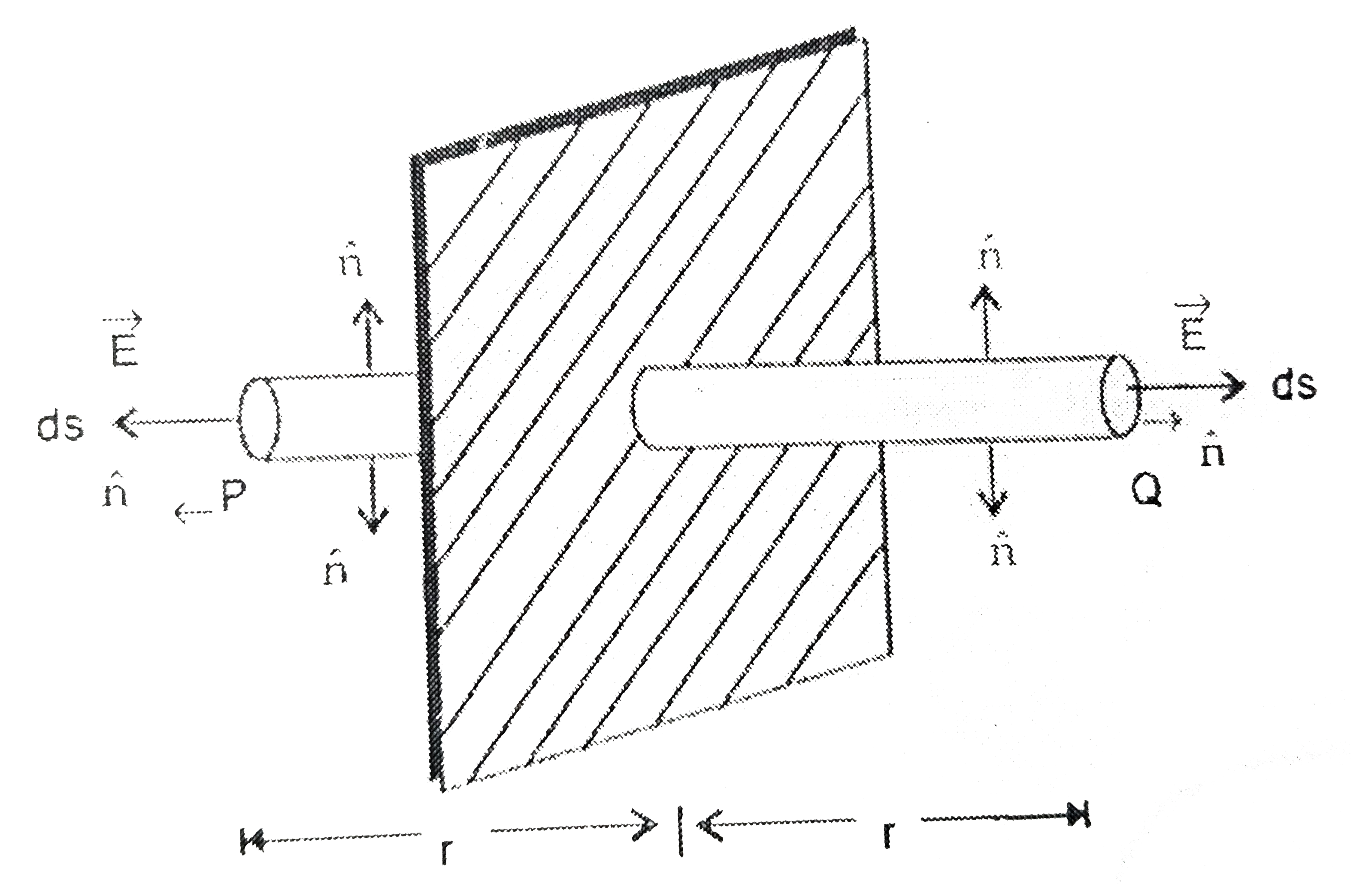Text Solution
Verified by Experts
|
Topper's Solved these Questions
XII BOARDS
XII BOARD PREVIOUS YEAR PAPER ENGLISH|Exercise SET III|7 VideosView PlaylistXII BOARDS
XII BOARD PREVIOUS YEAR PAPER ENGLISH|Exercise SET-III|22 VideosView PlaylistXII BOARDS
XII BOARD PREVIOUS YEAR PAPER ENGLISH|Exercise SET I|54 VideosView PlaylistSAMPLE PAPER 2019
XII BOARD PREVIOUS YEAR PAPER ENGLISH|Exercise SECTION D|6 VideosView Playlist
Similar Questions
Explore conceptually related problems
XII BOARD PREVIOUS YEAR PAPER ENGLISH-XII BOARDS-SET II
- Name the part of the electromagnetic spectrum of wavelength 10^(-2)...
02:57
|
Play - What is ground wave propagation ?
02:18
|
Play - Unpolarized light is incident on a plane surface of glass of refractiv...
04:23
|
Play - Draw a diagram to show refraction of a plane wave front incident in a ...
02:24
|
Play - Two nuclei have their mass numbers in the ratio of 1:3. The ratio of t...
03:06
|
Play - The output of a 2-input AND gate is fed to a NOT gate. Give the name o...
06:10
|
Play - State Gauss's law in electrostatics. Using this law derive an expressi...
04:53
|
Playing Now - An electron and a proton are accelerated through the same potential. W...
02:31
|
Play
